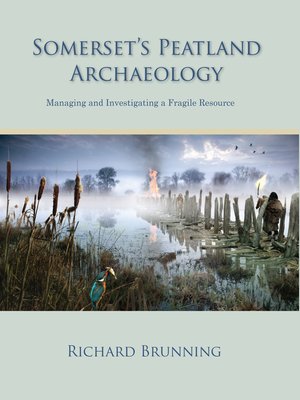Somerset's Peatland Archaeology
ebook ∣ Managing and Investigating a Fragile Resource
By Richard Brunning

Sign up to save your library
With an OverDrive account, you can save your favorite libraries for at-a-glance information about availability. Find out more about OverDrive accounts.
Find this title in Libby, the library reading app by OverDrive.



Search for a digital library with this title
Title found at these libraries:
| Library Name | Distance |
|---|---|
| Loading... |
The Somerset Levels and Moors are part of a series of coastal floodplains that fringe both sides of the Severn Estuary. These areas have similar Holocene environmental histories and contain a wealth of waterlogged archaeological landscapes and discrete monuments. The importance of Somerset's prehistoric wetland heritage is shown by the fact that twenty-five percent of all the prehistoric waterlogged sites thought still to exist in England are from the Somerset moors, the County Museum in Taunton Castle holds the largest collection of conserved prehistoric worked wood in the UK, possibly in the whole of Europe, the Sweet Track (the oldest known wooden trackway in the UK) and Glastonbury Lake Village have produced the most complete record of Neolithic and Iron Age material culture in the UK and Glastonbury Lake Village was the best preserved prehistoric settlement ever discovered in the UK.
This substantial monograph presents the results of the MARISP project ( Monuments at Risk in Somerset Peatlands) which thoroughly assessed the condition of the wetland monuments and the ongoing threats to their survival and aimed to answer key research questions about the sites through the use of minimally invasive excavation and to inform the development of future national and county wetland strategies.
This substantial monograph presents the results of the MARISP project ( Monuments at Risk in Somerset Peatlands) which thoroughly assessed the condition of the wetland monuments and the ongoing threats to their survival and aimed to answer key research questions about the sites through the use of minimally invasive excavation and to inform the development of future national and county wetland strategies.







